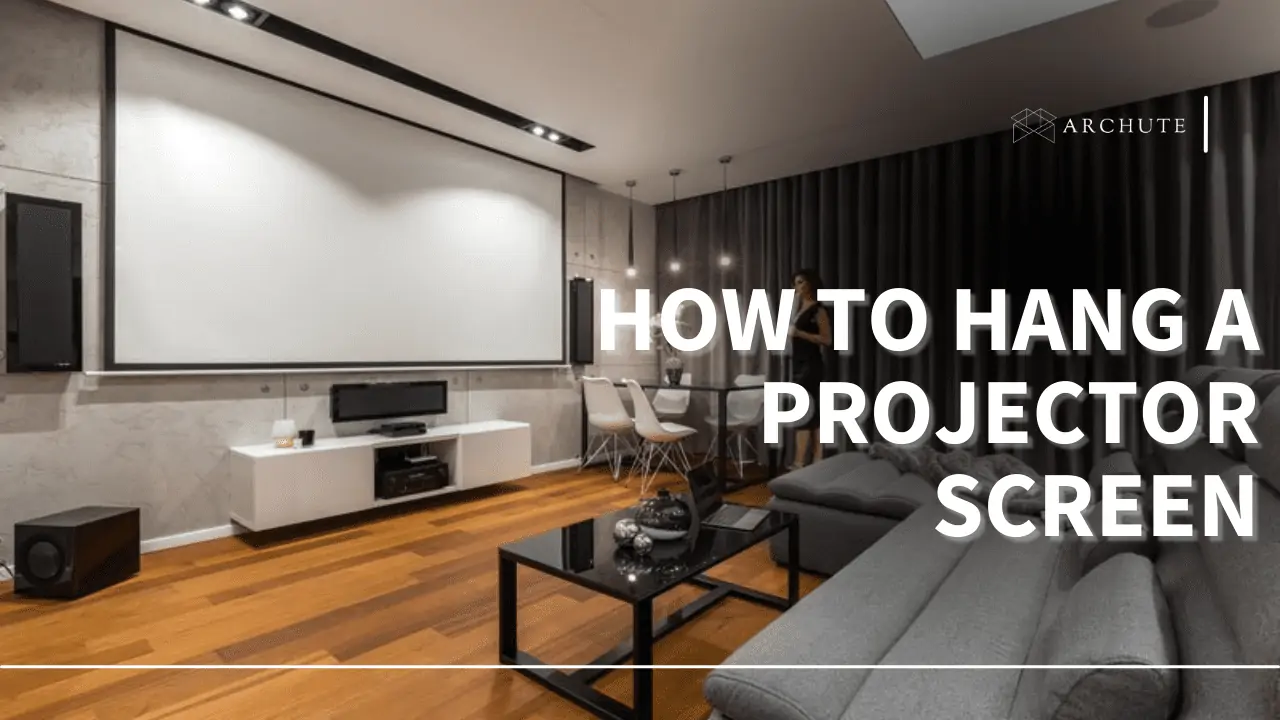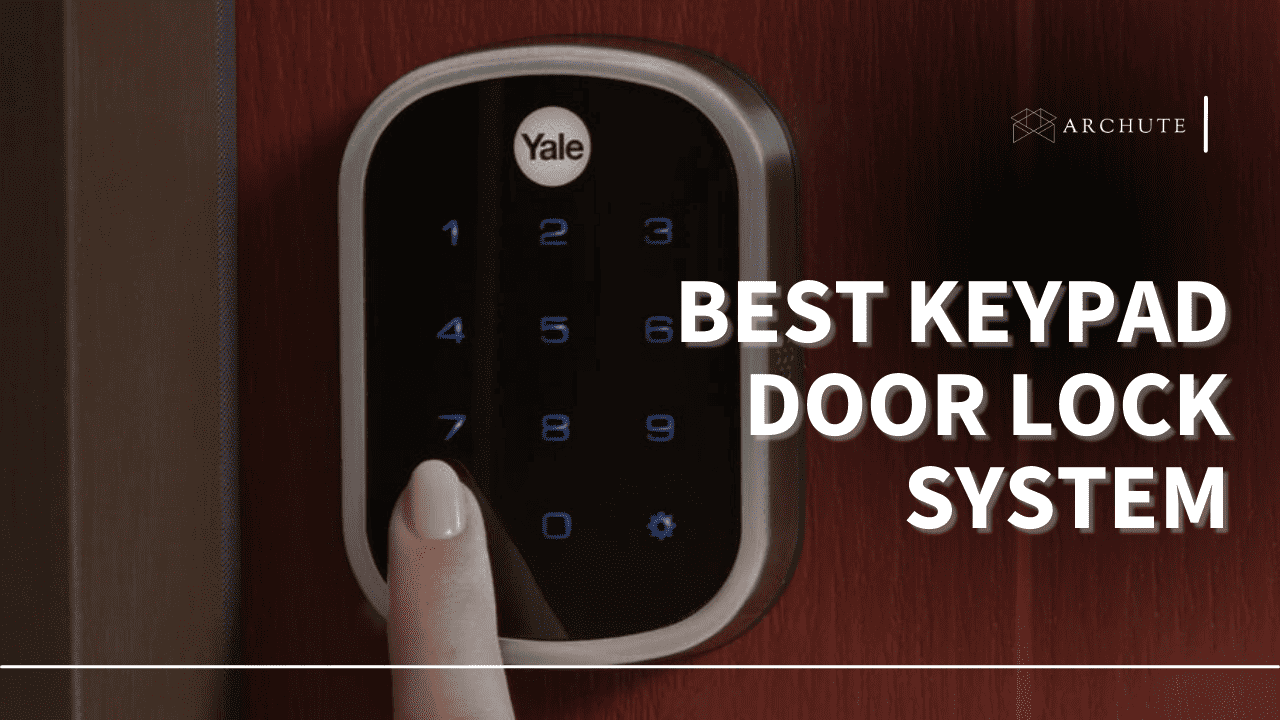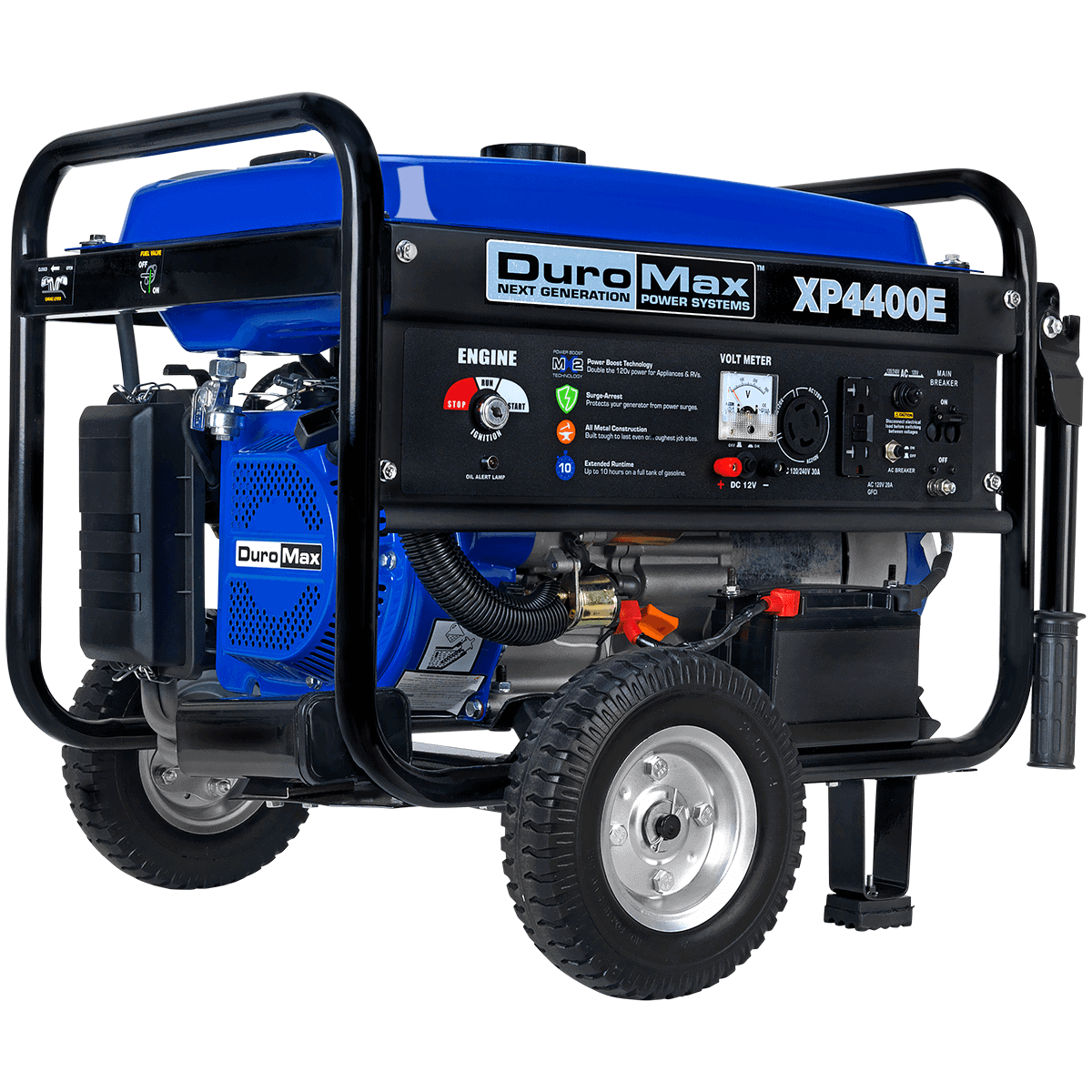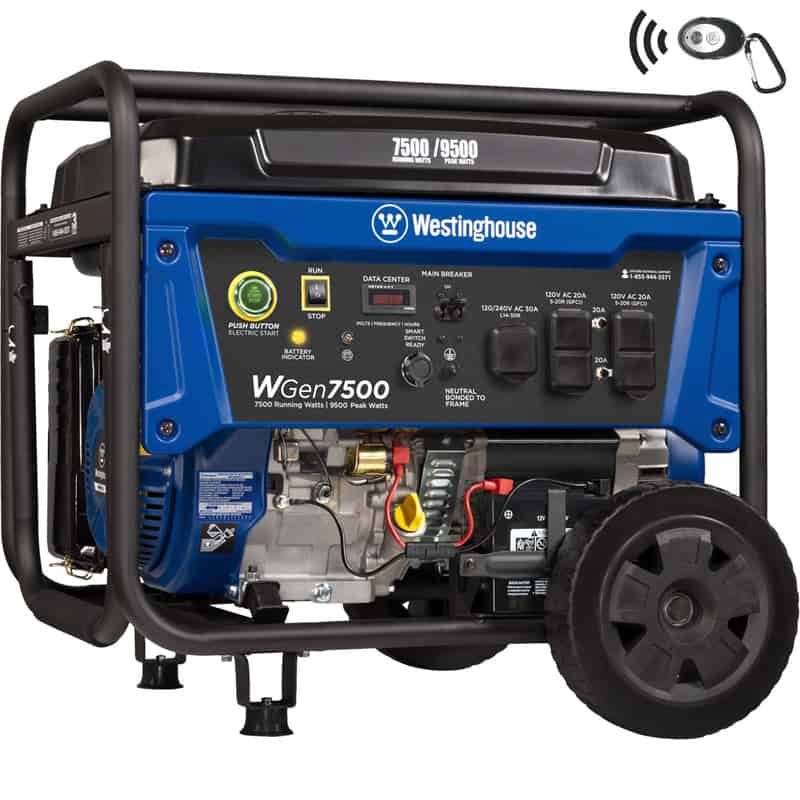First Alert smoke and carbon monoxide detectors are ideal for safeguarding your family and home. However, there's always a question of how to change batteries for both hardwired and battery-wired alarms to ensure they're constantly working. First Alert battery replacement is a job you can easily and quickly handle on your own, as this step-by-step guide will demonstrate.
Most First Alert alarms are either battery-powered or plug-in models with battery backup. That means they need either AA or 9-volt batteries to run. The best part is most of these life-saving units come with an easy-access battery compartment for quick replacements so that you, your loved ones and your home are always safe.
When to Replace Batteries in First Alert Smoke Detectors
First Alert smoke alarms have a telltale fairly annoying chirp that shows it's time to get replacement batteries. The high-pitched end-of-life signal, once every 30-60 seconds, is usually loud enough to alert everyone around that the batteries need to be replaced. This guarantees that your first line of defense against home fires is always operating at full strength.
However, even when the batteries aren't running low, the National Fire Protection Association recommends replacing the batteries in your smoke detector every six to 12 months. For best practice, it would be best to replace all battery-powered alarm batteries on the same day to make it easier to keep track of the dates.
How to Change First Alert Alarm Batteries
Before you start replacing batteries in your First Alert Smoke Detector, it's important to consult your manual for detailed information on the correct replacements batteries. That being said, most detectors use AA or 9V batteries, as mentioned earlier.
The company recommends using brands such as Duracell, Eveready or Energizer batteries with an expiration date of 4+ years from the day you replace them. It's also worth noting that it's not advisable to use rechargeable batteries.
Below is a list of the right replacement batteries for some of the common First Alert alarms, including the location of the battery compartment:
3120B
Battery type: 2 AA batteries
Location: Top left of the alarm
9120B
Battery Type: 9V
Location: Left side of the alarm
CO400/CO400B
Battery type: 9V
Location: Back of the alarm
CO605/CO605B
Battery type: 9V
Location: Back of the alarm
CO615/CO615B
Battery type: 2 AA batteries
Location: Below the display
SC7010B
Battery type: 2 AA batteries
Location: Top left of the alarm
SC9120B
Battery type: 9V
Location: Left side of the alarm
FG200/FG25/CO20/CO250
Battery type: 9V
Location: Under the alarm's front cover, which can be flipped open.
How to Replace the Batteries in Smoke and CO Alarms
Here's what you need to do before starting the replacement process:
If you have a hardwired alarm, turn off the power.
Unmount the alarm from the wall or ceiling.
Find the model number at the back of the unit.
Use your user manual or First Alert's battery guide to find the correct battery type.
Once you have the new set of batteries, it's time to replace the old ones and remount the alarm.
Open the battery drawer. If the compartment is locked, you might need to remove a tamper-resistant locking pin.
Take the old batteries out.
Press and hold the Test/Reset button for up to 10 seconds to discharge the detector fully.
Put the new batteries in while ensuring the contact points are facing the correct direction.
Close the drawer and remount your alarm.
How to Replace 9V Batteries
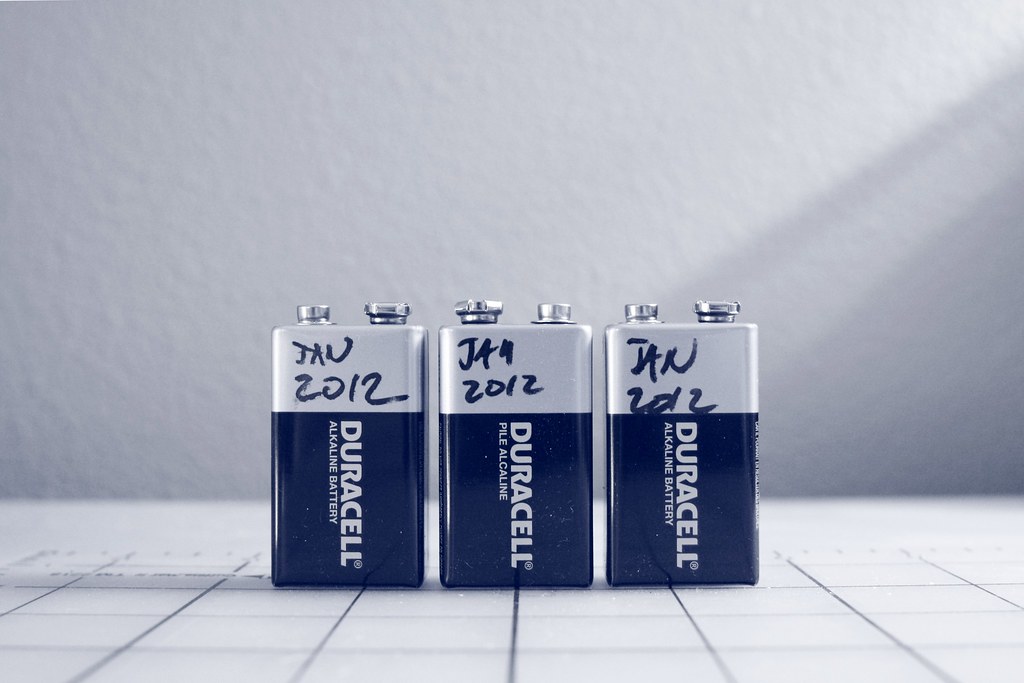
Image Source: flickr.com
The process is practically the same when it comes to 9V batteries. However, since the contact points are somewhat different, it would be best to have a quick run-through of what this entails:
First, use a plastic tab to open the battery compartment gently.
Then, take the old battery out.
Take the 9V battery and identify the positive (+) and negative (-) contacts. The positive contact is circular, whereas the negative is hexagonal.
Install the new battery while ensuring the contacts match the same polarity in the compartment.
Close the battery compartment slowly and gently. If it won't close easily, the battery is probably facing the wrong direction.
Pro Tip: The negative side has a wider opening in the back of the battery drawer, meaning the battery can only fit in one way. Therefore, counter-check if you have inserted the battery correctly if you find yourself forcing the drawer to close.
How to Test First Alert Smoke or CO Detector after Battery Replacement
You still have one last highly critical step to go once you have replaced the battery: Testing if it actually works. Like the rest of the process, this part is equally super easy and straightforward.
After closing the battery compartment, find the "Test" button on the alarm and push it. Ideally, it should chirp the same way it would if the alarm detected the presence of smoke or carbon monoxide. Depending on the model, the chirp should be followed up with a series of beeps, a brief pause, and then a similar series of beeps as the alarm light illuminates.
If the detector doesn't chirp or beep, something could be wrong with the batteries or the unit itself. So, check whether the batteries are installed correctly, then test again. You can also try another set of new batteries and redo the test. If you still hear nothing, it might be time to replace the entire unit.
The 'Test' feature must work to guarantee the detector functions correctly. Only then can you rest assured that the alarm is fully functional. Lastly, press "Test" again to turn off the chirps and beeps after successful testing.
What Do First Alert Alarms Sound Like?
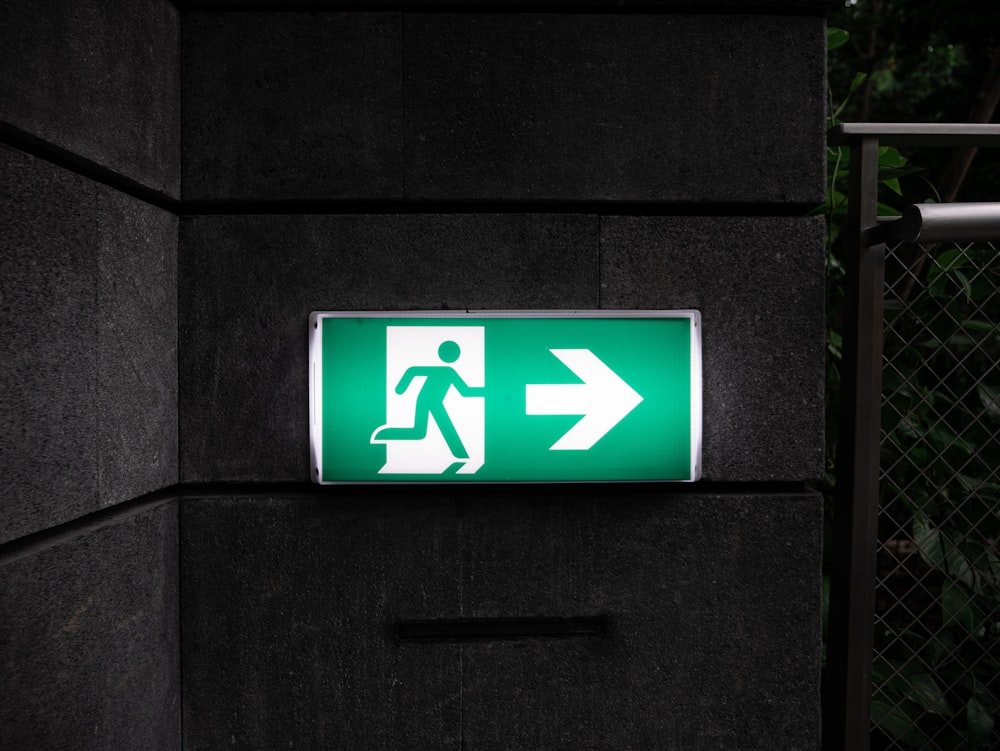
Image Source: unsplash.com
Knowing what your detector should sound like can make a world of difference for you and your dear ones. For instance, if the detector alarms, yet you aren't testing the unit, this is highly likely a warning of a potentially dangerous situation that requires immediate attention.
As such, everyone in your home NEEDS to know the sound of the smoke or carbon monoxide detector, as well as what to do if they hear it.
1. Emergency Smoke Alarm
3 extremely loud beeps, repeating
When a First Alert Smoke Detector picks up smoke in your home, the alarm beeps three (3) times in an extremely loud, repeating pattern. The sequences are very loud at 85 decibels to ensure that even people who are asleep are alerted to the emergency.
What to Do
Stay calm, don't panic. Instead, follow the family's agreed escape plan.
Leave the house as fast as possible. Don't hesitate to get dressed or collect anything.
Feel doors with the back of the hand before opening them. If it's cool, open it slowly, but if it's hot, DON'T open it. Keep all doors and windows shut unless they're escape routes.
Cover your nose and mouth with a (preferably damp) cloth. Then, take short, shallow breaths.
Meet at the planned spot outside the house and do a headcount to ensure everyone is out safely, then call the Fire Department immediately after.
2. Emergency Carbon Monoxide Alarm
4 extremely loud beeps, repeating
In case of high carbon monoxide levels in your home, the alarm beeps four (4) times in an extremely loud, repeating pattern. Just the First Alert Smoke Detector, the CO alarm sequences are as loud as 85 decibels to ensure everyone is alerted, including those who might be asleep.
What to Do
Press the Silence/Test button.
Call emergency services right away, either the Fire Department or 911.
Move to fresh air immediately, outside or by an open door or window. Do a headcount to account for everyone.
Do not go back in the house or move away from the open window or door until the emergency responder has arrived, the house has been aired out, and the CO alarm resumes in its normal condition.
Frequently Asked Questions on First Alert Battery Replacement
1. Why is the smoke alarm chirping if it’s hardwired?
That's because hardwired detectors come with a battery backup that's meant to kick in and power the unit when your home loses power. The detector is programmed to alert you with a chirp when the battery runs low. Changing the battery should certainly solve the problem.
2. Will the smoke alarm finally stop chirping?
Yes, eventually. If you do nothing about the chirping, the battery will ultimately run out completely, so the unit will switch to residual power. In the end, this will also drain, and the alarm won't have enough power to produce the chirping and beeps.
That said, you should replace the battery before the situation escalates to such a point.
3. How do I stop the smoke alarm from chirping without a battery?
If the alarm is still chirping, even without a battery, you can consider using an air blower to blow inside the alarm's vents, the same way you blow keyboards. It would be best to do this while changing the batteries.
4. How do I stop beeping on a hardwired smoke detector?
As previously mentioned, hardwired smoke detectors typically come with a battery backup. Therefore, they are also subject to the same issues are battery-powered alarms. However, hardwired detectors require resetting after fixing most problems.
Simply push and hold the reset button for 15-20 seconds to stop the noise.
5. How do I know if the First Alert carbon monoxide detector is working?
You can test if your carbon monoxide alarm is in good shape by pressing the 'Test' button until the alarm chirps. It should produce 4 beeps, a brief pause and then 4 beeps. This whole sequence should last about 5-6 seconds.
If the unit doesn't produce the sequence, ensure it has been activated correctly, then redo the test. If you still get nothing, it might be time to get the alarm checked by a professional.
Featured Image Source: pixabay.com







